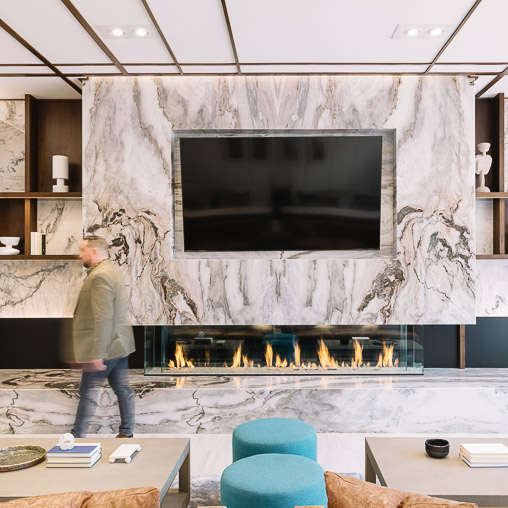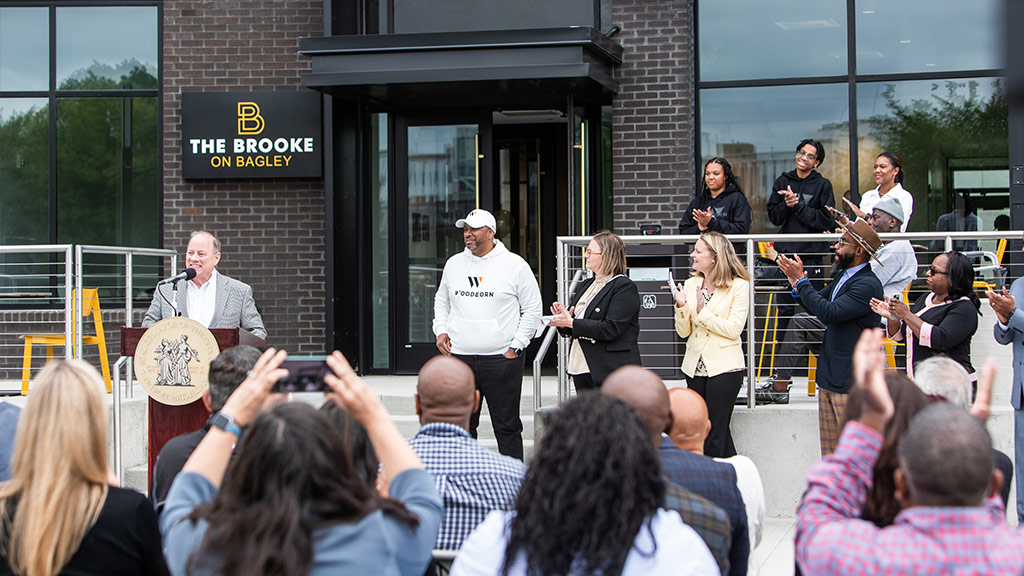Residential

Central Park House

Coppia

128 Southwest Seventh Street

Pearl House (160 Water Street)

1010 S Wells Street

1 St. Clair West

Lyra

Holliday Street

CSULB Parkside North Residence Hall and Housing Administration Building

The Landmark

Aspire Post Oak

Wind Town (Vėjo Miestelis)

The Hub at Prairie Shores

Metro Loft 219-235 East 42nd Street Conversion

Folio House

Sixth and Guadalupe

Everly at The Stacks

The Heron Museum District

Galleria Residences, Public and Amenity Spaces

La Posada at Pusch Ridge

The Line

Solhouse 6035

The Bon

U.S.VETS Houston Third Ward

The Residences at Rivermark

8th Grand & Hope

Mira

Conversions+™ by Gensler Turns Stranded Offices Into Valuable Real Estate

Ending Homelessness

How a New Vision for Flexible Co-Living Conversions Can Support Housing Affordability

Birmingham Living: The Next Chapter

How San Francisco Can Apply Startup Culture to Unlock Housing Solutions

Belonging Begins at Home: Why Attainable Housing Is a Civic Imperative

Lifestyle Living Is Redefining the Home in the Age of Belonging

How Two Innovative Shelters Reimagine Refuge for the Homeless in Chicago

Unlocking the Missing Middle: Why the U.S. Housing Model Needs a Redesign

Trends to Watch: What Other Cities Can Learn From New York City’s Conversion Boom

A Radical Solution to the U.K. Housing Crisis: Building a New London in the Thames Estuary

Finance the Future: Strategies for Equitable Neighborhood Development

How Design Can Integrate Social Value Into Residential Developments

Maximising Urban Space: 3 Strategies for Solving the U.K.’s Housing Crisis

Luxury + Convenience: Why Branded Residences Are in Demand Across the Globe

What Can San Francisco Learn From Successful Building Conversion Programs in Other Cities?
Cities adopt smart policy changes to unlock development.
Cities find smarter ways to encourage housing development. Strategies like financial incentives, zoning reform, and building code updates unlock attainable housing through new models like office-to-residential conversion and co-living.
“Missing middle” housing reimagined as hyper-local micro-communities.
Housing typologies targeting the “missing middle” reshape micro-communities. Duplexes, townhomes, and small-scale multifamily buildings designed for middle-income earners evolve into hyper-local neighborhoods that offer shared and flexible private and communal spaces.
Wellness is the new luxury in the experience economy.
Amenities programs that combine physical offerings with wellness-focused programming define a new class of living. These next-gen amenities deliver measurable outcomes backed by scientific validation and designed with transparency, shifting their value from lifestyle add-ons to true drivers of health and longevity.


Kelly Farrell

Sean O’Gorman

Robert Fuller

Office Conversions to Co-Living Could Unlock Affordable Housing

Gensler’s Office-to-Residential Conversion of Pearl House Honored with 2025 ULI Americas Award for Excellence

Architectural Record Interviewed Gensler Residential Leader Brooks Howell About Resia Ten Oaks

Gensler Principals Weigh In On the Top 10 Trends in Luxury Multifamily Housing

The Pew Charitable Trusts and Gensler Explore Transforming Office Buildings Into Affordable Co-Living Residential Buildings

The Pew Charitable Trusts and Gensler Aim To Tackle the U.S. Housing Crisis

Converting Office Buildings to Co-Living Dorm-Style Apartments Offers a More Economically Viable Solution

Urban Land Institute LA Featured Steven Paynter as a Homelessness Summit and Expo 4.0 Speaker

A “More Radical, More Ambitious” Solution to Tackling Britain’s Housing Crisis

How Design Can Integrate Social Value Into Residential Developments

The Brooke on Bagley Transforms a Vacant Lot Into “An Equitable, Active Hub for Community and Hospitality-Driven Living”

Building Design Interviewed Gensler Managing Principals Julia Simet and Duncan Swinhoe About Conversions in the U.K.

Factors Impacting the Profitability of Office-to-Residential Conversions

Gensler Designed EVE Park, a Residential Complex in Canada With Integrated EV Parking Garages

Strategies for Office-to-Residential Conversions in New York
